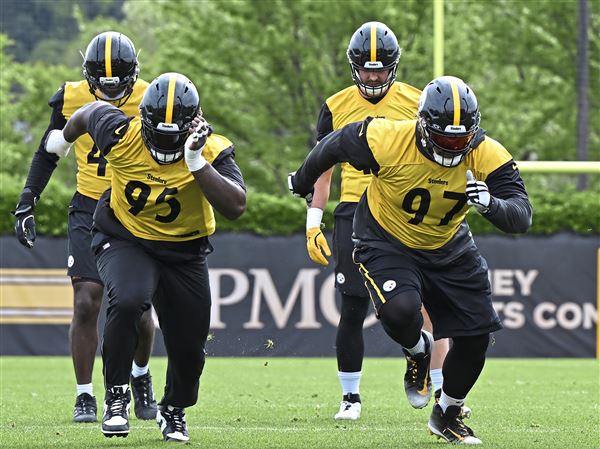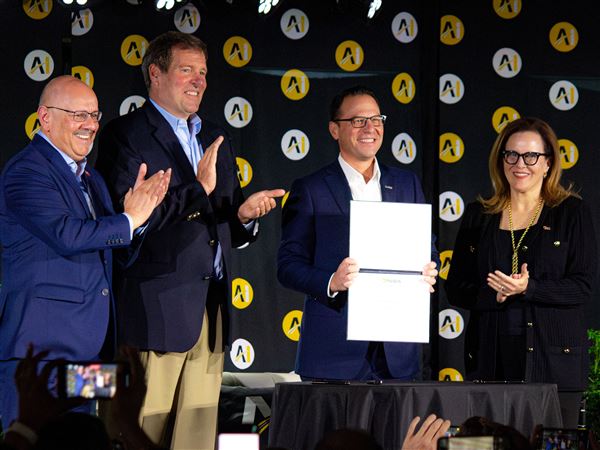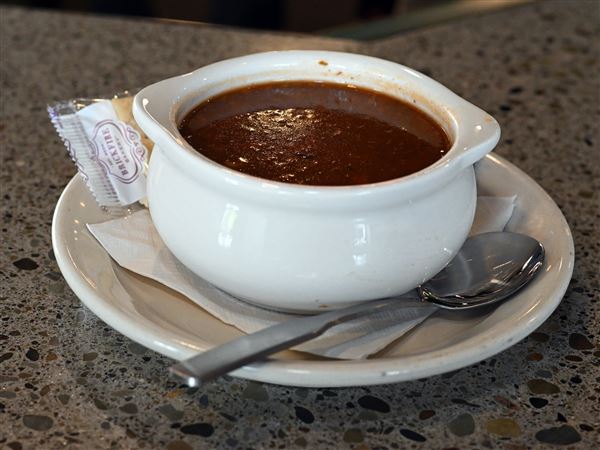What is it about World War I that doesn’t stick in the mind of the American 10th-grader?
Few, if any, probably know that 100 years ago today Emperor Franz Joseph of Austria-Hungary declared war on Serbia — the first in what will be a cascade of World War I centennials over the next two weeks, each darker and bloodier than the last.
Yuval Ben-David, a 20-year-old from Squirrel Hill, remembers only how much he doesn’t remember about “the war to end all wars, the first total war spun out of thin paper alliances.”
“I came into college knowing nothing but cliches about World War I,” said Mr. Ben-David, who will be a junior at Yale in fall.
He is quick to note that he received a “top-notch” education at Shady Side Academy, with a prize for best history paper, but somehow World War I just didn’t register at age 16.
In most American high schools, the First World War still gets at least a week in a world history survey, but with three empires and seven countries in play and no clear-cut villains or heroes, the moral clarity of fighting against slavery or Adolf Hitler might be more alluring to the average teenager.
David McCullough, the noted biographer of 20th-century titans such as Harry Truman and Theodore Roosevelt, claims he’s no expert on the Great War, but he has noticed this phenomenon in his numerous appearances at schools and colleges.
“Even students who are pretty well-schooled in history don’t know much about World War I,” said Mr. McCullough, a Pittsburgh native and graduate of Shady Side Academy. “Of course, generally speaking, it’s a subject the world would just as soon wish to forget.”
When American students were asked when World War I took place between 1900 and 1950, 60 percent didn’t know, according to a 2008 survey by Common Core, an education advocacy group. (It’s 1914-18.)
Similarly, a 2012 survey of British students, who are given far more instruction on a war that profoundly changed their nation, revealed that two-thirds didn’t know what year the war ended, revealing “our shameful ignorance of history,” the Daily Mail bemoaned.
The First World War does live on in popular culture, to some extent. Unlike the charismatic Abraham Lincoln, Woodrow Wilson might not get his own Steven Spielberg movie, but that director did make “War Horse,” a story centered in England and France during WWI. There is a Scottish rock band called Franz Ferdinand, although it’s not clear if high school students know that it was named after the Austro-Hungarian archduke who was assassinated with his wife on June 28, triggering the conflict.
Near but not on the National Mall, a lovely temple stands in West Potomac Park in a grove of trees, dedicated to the 26,000 Washington, D.C., soldiers who died in the conflict. Neglected for 40 years, it was finally repaired in 2010, but efforts to make it a national monument have stalled in Congress.
In Pittsburgh, the Senator John Heinz History Center displays artifacts from World War I throughout the building but has no special exhibition dedicated to it or planned for this centennial year. A World War II exhibition is planned, however, and the museum is offering a tour to students from sixth to 12th grade on Pittsburgh’s role in four wars — the French and Indian War, the Civil War and the two world wars.
One reason why the First World War is so forgettable here, at least through the lens of an American studies course, is because it lasted for about “a nanosecond in America,” said Saul Straussman, a history teacher at Pittsburgh Allderdice High School.
“We declared war on Germany in April 1917, American Expeditionary Forces made it over in the fall and were under French command until February 1918, Gen. John Pershing came over in March and it was all over in November,” he said.
The sheer volume of information that must be covered in a world history survey course is part of the problem, as well as timing, said Craig Benjamin, president of the World History Association.
“These large survey courses have to make some tough decisions about what to leave in and out, and the 20th century comes right toward the end of the school year. By that time, teachers are really scrambling to get through it,” said Mr. Benjamin, a historian and associate professor at Grand Valley State University in Michigan who has helped design world history courses used in schools across the country.
Kyle Smith, chairman of the history department at Shady Side Academy and Mr. Ben-David’s former teacher, notes that World War I doesn’t show up until after spring break in the school’s ninth-grade world history survey class, a time when “the engine isn’t running as efficiently, perhaps, and the 20th century tends to get squeezed.”
So, too, is the lack of identifiable good guys and bad guys, unlike World War II, “which is easy to fit into the narrative of good versus evil. World War I can get a bit murky, ” he added.
At Allderdice, Mr. Straussman dedicates three weeks to World War I in his 10th-grade world history course, which is taught in all the city high schools.
It’s touched on again in 11th-grade American studies, where “it takes a back seat for all the right reasons because it’s not America’s war. In world history, it doesn’t take a back seat because it’s transformational,” he said.
Its complexity can be daunting. While Mr. Straussman uses the acronym “MAIN” to help clarify the four main issues studied, militarism, alliances, imperialism and nationalism, other teachers are trying other ways to get students’ attention.
At Claremore High School in Oklahoma, Jan McClaren uses yarn in her classroom to create a giant web of alliances, plus a fog machine and black trash bags to re-create the experience of being gassed in the trenches.
Her students, who are seniors, are required to come in with kitchen pots that simulate the tin hats worn by the Tommies, slang for the British soldiers. Burlap sacks with holes for eyes and mouth serve as gas masks.
Ms. McClaren, named Oklahoma Teacher of the Year in 2012, believes strongly in the role of the arts and multiple intelligences in a classroom.
“Students can’t talk about trench warfare unless they have some idea of what it was like, so we have them spend one class in the trenches we create with black plastic between the desks, wearing the gas masks,” she said. “At first, they’re excited, but by the end, they’re miserable, and that’s the point — we’re creating a reality of what war was like.”
Ultimately, this year’s 100th anniversary might increase awareness of the First World War’s tremendous impact, but judging from Wikipedia’s list of video games about World War I (about 70) versus World War II (hundreds), today’s high school student may be a tough sell.
“When we’re 16, especially when we’re 16 in the 21st century, what we expect out of history courses is to elaborate on all the Wikipedia articles we’ve read and History Channel movies we’ve watched,” Mr. Ben-David said.
“It also has to do with the new-age pedagogy, especially the one in place at Shady Side, of avoiding rote learning and letting students lead the discussion, so we often talked about things we were already familiar with, and we’re all more familiar with World War II than World War I.”
First Published: July 28, 2014, 4:00 a.m.
















